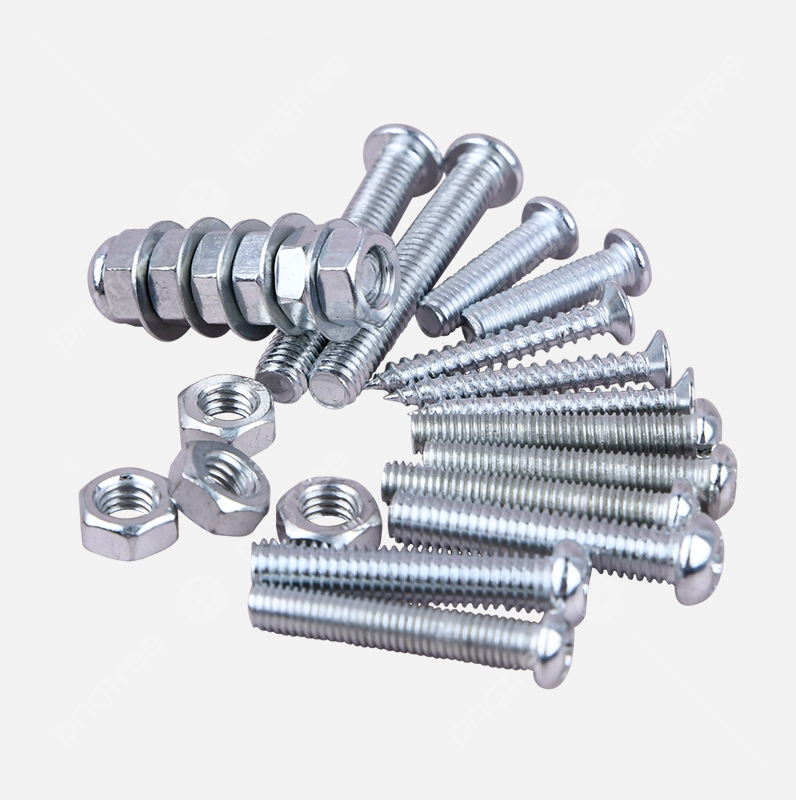Exploring the Benefits of Double Threaded Rods in Various Applications
The Double Threaded Rod An Ingenious Engineering Solution
In the realm of engineering and construction, the choice of components plays a crucial role in the efficacy and longevity of structures. One such critical component is the double threaded rod, a seemingly simple yet profoundly versatile element that has found its place in various applications ranging from mechanical systems to construction. This article explores the design, functionality, and applications of double threaded rods, highlighting their significance in modern engineering.
Understanding the Double Threaded Rod
A double threaded rod is essentially a cylindrical piece of metal with threads running along its length on both ends, allowing for easy anchoring and fastening. Unlike standard rods, which are typically threaded only on one end, double threaded rods provide the advantage of improving load distribution and increasing stability. This innovative design minimizes the risk of failure under stress, making it a preferred choice for various applications.
The threads can vary in design, including metric threads or unified national threads, depending on the standards of the region or the requirements of specific applications. Different materials can also be used in manufacturing double threaded rods, including stainless steel, carbon steel, and even polymer composites, depending on the environmental conditions and load requirements.
Advantages of Using Double Threaded Rods
The use of double threaded rods comes with several advantages. First and foremost, these rods enable faster and easier assembly. Since both ends are threaded, they can be inserted and fastened from either side, allowing for quick adjustments during assembly or disassembly. This saves valuable time in projects that require precision and efficiency.
Moreover, double threaded rods provide increased strength and load-bearing capacity compared to single-threaded alternatives
. By distributing the load evenly over a larger surface area, they reduce the potential for bending or breaking under pressure. This is particularly important in construction and mechanical applications, where safety and reliability are paramount.Another significant advantage is their versatility. Double threaded rods can be used in a variety of configurations. For instance, they can serve as a coupling mechanism between two separate components or act as an anchor point for tensioning in cable systems. This adaptability allows engineers and designers to use double threaded rods creatively across multiple disciplines.
double threaded rod

Applications in Various Industries
Double threaded rods are widely used across numerous industries due to their versatility and strength. In construction, they are frequently employed as ties in structural applications, providing tensile support to steel beams, precast concrete elements, and even in the installation of heavy machinery. Their ability to withstand significant stresses makes them essential in ensuring the integrity of structures such as bridges, buildings, and towers.
In the automotive sector, double threaded rods are used in suspension systems and chassis components. These rods help maintain alignment and stability, ensuring vehicles perform optimally even in challenging conditions. Their robust design contributes to the overall safety and performance of automobiles.
Moreover, the manufacturing industry utilizes double threaded rods in assembly lines and machinery, where they function as connectors between various parts. Given the dynamic nature of these environments, the reliability of materials is critical, and double threaded rods fulfill this requirement effectively.
Innovations and Future Trends
As industries evolve, so too do the materials and technologies used in manufacturing components like double threaded rods. Innovations such as the use of corrosion-resistant coatings, advanced composite materials, and precision engineering have enhanced the performance and durability of these rods. Furthermore, the advent of 3D printing and additive manufacturing opens new avenues for creating custom double threaded rod designs tailored to specific applications, significantly reducing production times and costs.
Additionally, sustainability has become a focal point in engineering. The development of eco-friendly materials and recycling processes for existing components is likely to shape the future of double threaded rods. Engineers are increasingly looking for ways to minimize environmental impact while maintaining functionality and safety.
Conclusion
The double threaded rod represents a fundamental yet sophisticated component with significant implications across various fields. Its unique design offers enhanced performance, stability, and versatility, making it indispensable in contemporary engineering and construction practices. As innovations continue to emerge, the future of double threaded rods looks promising, paving the way for more efficient, sustainable solutions in a rapidly evolving technological landscape. Whether in building skyscrapers or assembling intricate machinery, these rods will undoubtedly remain pivotal in shaping the infrastructure of our world.
-
Weatherproof Plastic Expansion Anchors for OutdoorNewsJun.06,2025
-
Sustainability in the Supply Chain: Eco-Friendly TEK Screws ProductionNewsJun.06,2025
-
Load-Bearing Capacity of External Insulation FixingsNewsJun.06,2025
-
Double Head Bolts: Enhancing Efficiency in Industrial MachineryNewsJun.06,2025
-
Corrosion Resistance in Chipboard Screws: Coatings for Wholesale DurabilityNewsJun.06,2025
-
Butterfly Toggle Bolts : Enhancing Structural ResilienceNewsJun.06,2025
